When you turn on the dishwasher, the machine knocks
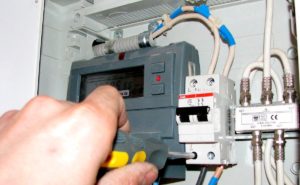 A dishwasher is a rather complex electrical appliance that places a significant load on the electrical network. If, when turned on, the dishwasher knocks out the RCD, this should at least alert the user. Under no circumstances should the machine be used in such conditions, at least until it is possible to find out what causes this behavior of the “home assistant”. We'll find out!
A dishwasher is a rather complex electrical appliance that places a significant load on the electrical network. If, when turned on, the dishwasher knocks out the RCD, this should at least alert the user. Under no circumstances should the machine be used in such conditions, at least until it is possible to find out what causes this behavior of the “home assistant”. We'll find out!
Let's look at the reasons
If the dishwasher turns off the machine, we are talking about a short-term overload, which forces the protective shutdown device to trip. Be sure to pay attention to how often such a trigger occurs, this will help you quickly limit the range of possible causes, but let’s not get ahead of ourselves. So what's the problem?
- First of all, you need to check the condition of the outlet. There may be too many consumers connected to one outlet. This is especially important if the dishwasher is not connected directly to the outlet, but through an extension cord.
- Also, a machine shutdown can occur due to a damaged power cord, which, by the way, may simply be pinched.
- If the wire is OK, you need to test the dishwasher's power filter.
- Such “behavior” of the dishwasher may be caused by a malfunction of the power button contacts. The ingress of water and condensate can cause oxidation of contacts, which in turn results in the following consequences.
- The reason may be hidden in the depths of the dishwasher body. When a broken heating element leaks into the housing, the residual current device can trip, immediately cutting off power to the network.
The danger is that the RCD does not trip immediately when there is a current leak, but with some delay. If at the same time the user touches the metal part of the dishwasher body, he may be “quite shaken.”
Heavy load on the power grid
If you intend to look for the reason for turning off the RCD or knocking out traffic jams yourself, remember about safety precautions. And if you have never had to deal with electricity in your life, it is better to entrust the work to a professional, and do not expose yourself to unnecessary danger.
First, try unplugging all unnecessary electrical appliances from the outlet and connecting only the dishwasher. If the machine was connected via an extension cord, remove it and connect the equipment directly. Keeps knocking out? Turn off the machine and, armed with a multimeter, check the condition of the wiring that powers the outlet. Perhaps the wires are already old or the supply wire is damaged in some place.
Sometimes, by punching holes in the wall with a hammer drill, the owners snag the power supply wiring of the socket, which very soon turns into such an embarrassment.
Power cord, filter, on/off button
As you already understand, to determine the cause of such a malfunction, you need to confidently use a multimeter. When checking the network cable, we will also need it. First, check the wires for breaks. If the wiring under the insulation layer is damaged, the device will immediately detect it. At the same time, disassemble the surge protector; perhaps the power cord is poorly connected to it. On a poor contact you will certainly find traces of soot and soot, which will indirectly indicate a breakdown and the smell of burning wiring.
In this case, either replacing the power cord or, if the problem is in the contacts, thoroughly cleaning the latter will help. You can get by by replacing the contacts. A burnt-out surge protector cannot be repaired; only its complete replacement will help. We take measurements using a multimeter and if we find a problem, change the surge protector. Some craftsmen, in order to determine if the surge protector is broken, connect the power cord directly to the dishwasher's power supply. This is a quick method, but not safe, as it can lead to damage to the control module, and this is a completely different repair and completely different costs.
Having excluded the network filter, you need to check the network button. To do this, you need to disassemble the PMM control panel. On some machines the panel is located on the front wall directly above the door, on others it is at the end of the door itself. The nuances of disassembly will depend on the location of the control panel and the design of the specific PMM. If you need more detailed information, please read the publication Disassembling the dishwasher, we move on.
When you reach the button, inspect its contacts very carefully. If traces of oxide are found, replace the entire button. If the contacts are clean, test the button with a multimeter. You should also pay attention to the integrity of the wiring supplying the button.
Broken heating element
Some people think that a faulty heating element must not heat water well, but this is not so. For example, the breakdown of the heating element that we mentioned leads to the fact that the heating element continues to work, leaking onto the body of the dishwasher. As a result, the water heats up, the self-diagnosis system is silent, and the machine may well electrocute the owner if he decides to touch the metal parts of the body with his hands, especially with wet hands.
Finding the heating element is not difficult, but you will have to completely turn off the dishwasher and take it somewhere in the middle of the room. Then you need to open the side wall of the housing and get to the heating element through the opened niche. What to do next? We set up the multimeter and check the heating element for leaks. If a breakdown is detected, the entire part will have to be replaced; it cannot be repaired.
So, when an Electrolux, Bosch or any other dishwasher invariably knocks out the RCD when turned on, urgent measures need to be taken. Operating it with such a breakdown is dangerous not only for equipment, but also for people. Be extremely attentive and careful. Good luck!
Interesting:
Reader comments
- Share your opinion - leave a comment
Categories
Washing machine repair


For buyers

For users

Dishwasher

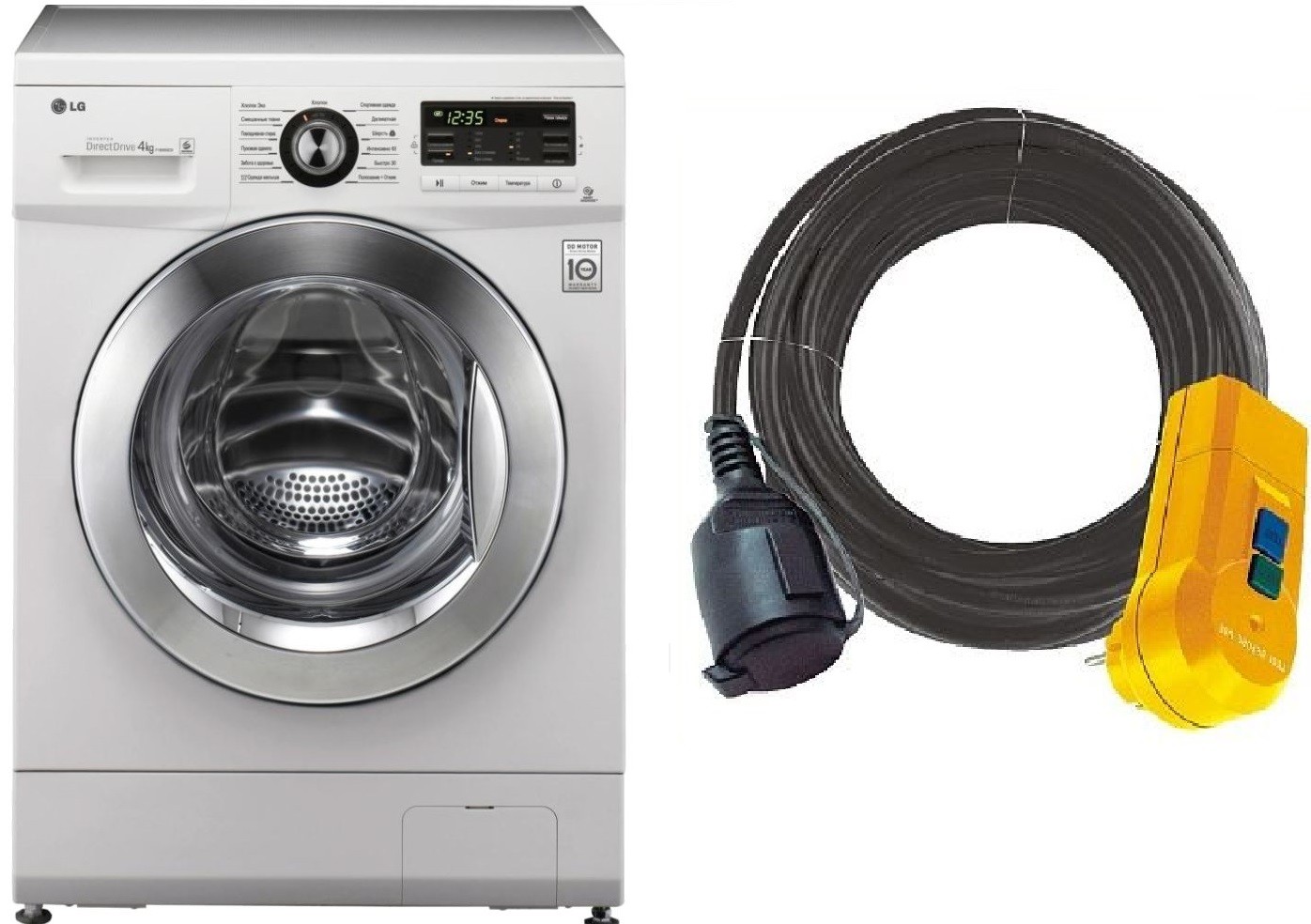
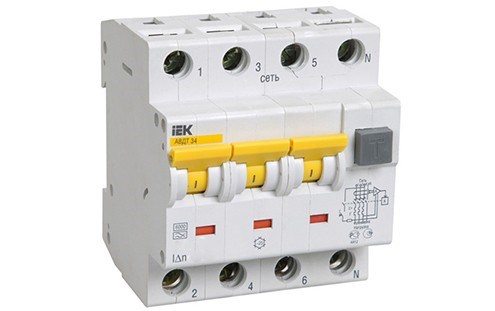
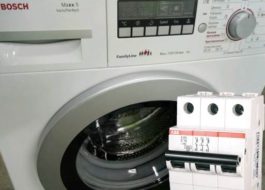

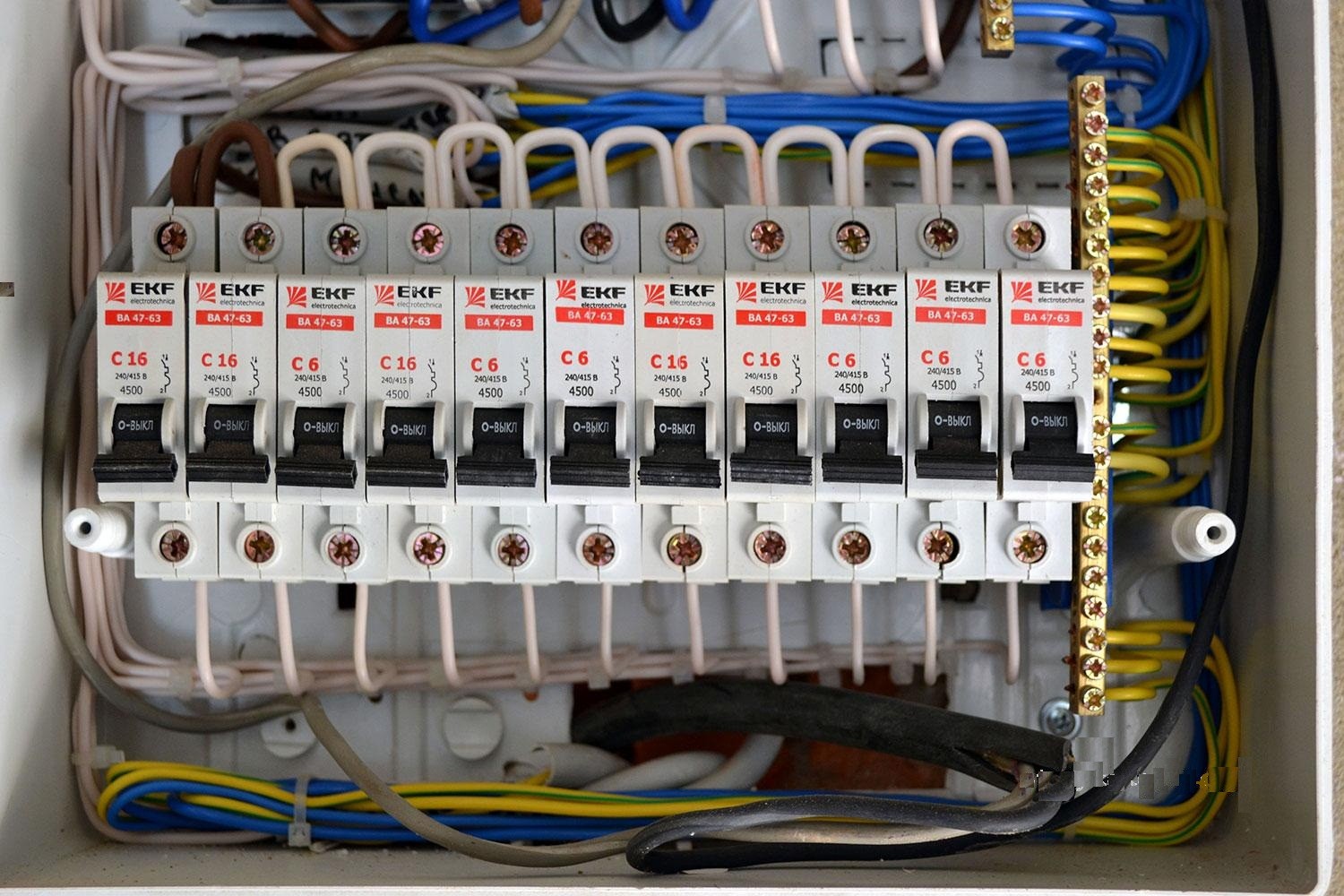
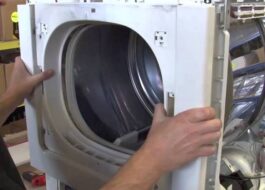










Add a comment